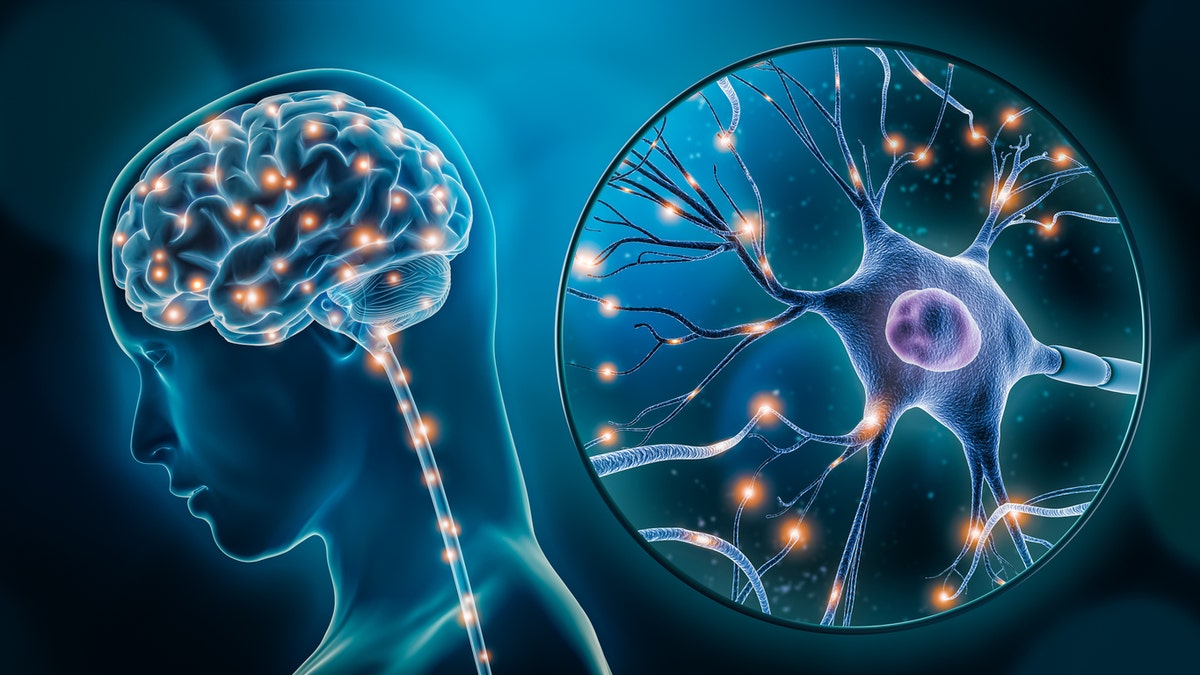Alzheimer's disease impacts millions, leading many experiencing memory loss to suspect they have it. However, another cognitive disorder, limbic-predominant age-related TDP-43 encephalopathy (LATE), presents similar symptoms and is frequently misdiagnosed as Alzheimer's.
A recent report emphasizes the need for clear diagnostic criteria for all dementias, including LATE. This is crucial for accurate diagnosis and effective treatment strategies.
Distinguishing LATE from Alzheimer's
LATE, a prevalent condition in older adults, contributes to memory loss and cognitive decline. It's characterized by changes in the TDP-43 brain protein and often coexists with Alzheimer's-related changes like amyloid plaques and tau tangles.

While LATE progresses slower than Alzheimer's, it affects over 25% of individuals over 80 and can accelerate Alzheimer's progression when present together. Disturbingly, many clinicians and patients are unaware of LATE, hindering proper diagnosis and treatment.

Previously, LATE diagnosis was only possible post-mortem. The new criteria enable doctors to diagnose LATE in living patients, a significant step for both clinical practice and research. Although a definitive test for Alzheimer's exists, there isn't one for LATE yet. The current criteria offer levels of diagnostic likelihood but require further validation.

Future advancements in biological markers are expected to improve the differentiation of various dementia types. Until then, these clinical criteria will facilitate a more personalized approach to treatment, care, and clinical trial enrollment. They also highlight areas for further research and remaining challenges in accurately diagnosing LATE.
Comments(0)
Top Comments